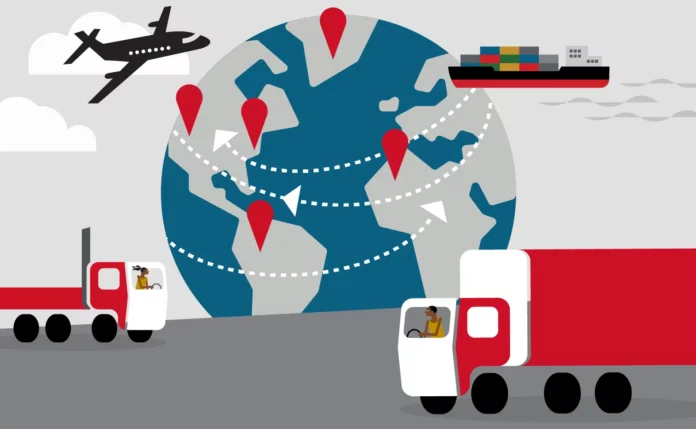During my time in sales, I’ve seen many companies fail when they try to sell their goods in a country other than their own. Often, it happens at the same point in time for the same reasons.
In a call yesterday, an ex-coworker said that small and medium-sized cross-border e-commerce platforms are growing at a slower pace.
While every country has its own reasons, in Brazil specifically, it is because of more restrictive import regulations and an steep increase in taxes.
I am pleased to have contributed to the payment strategies of companies such as Flywire, Roku, and Parcelado USA when they first started developing a solid strategy for accepting payments in local currency in Latam, which brought me valuable experience that I use to this day and that I can now share.
It can be lucrative for small and medium-sized e-commerce businesses (SMBs) to move into foreign markets. However, navigating the complexities of selling across borders can also lead to challenges that, if not addressed, can result in failure.
Here are some of the main reasons why SMBs struggle when selling internationally:
1. Poor Market Research: Not knowing the needs, wants, and rules of the target market. Small and medium-sized businesses (SMBs) often don’t realize how important it is to do thorough market research before joining a new market.
This can lead to product offerings that don’t resonate with the target audience, pricing strategies that are misaligned with local purchasing power, and marketing campaigns that fall flat due to cultural insensitivity.
2. Not realizing how complicated logistics can be: Managing foreign shipping, customs clearance, and returns can be hard.Managing foreign shipping, customs clearance, and returns can be hard.
There are a lot of rules, customs processes, and different timings for delivery that come with international shipping.
SMBs may find it hard to deal with these issues, which can cause delays, unhappy customers, and costs that were not expected. Managing returns across countries can also be a logistical nightmare, which cuts into profits even more.
3. Not enough marketing and customer service capabilities: Not being able to reach and help people in different languages and countries. To reach and interact with customers in other countries, you need to know a lot about their social media sites, marketing methods, and how they act.
Small and medium-sized businesses might not have the tools or knowledge to change their customer service and marketing strategies to effectively reach a wide range of people in different time zones and languages.
Keep in mind that there aren’t many people who know English in most emerging market countries where English isn’t the main language.
4. Pricing and branding that don’t match up: Not changing pricing and branding tactics to fit different markets. A one-size-fits-all approach to pricing and branding simply won’t work in the international arena.
SMBs need to consider factors like local competition, purchasing power, and cultural nuances when setting prices and crafting brand messaging.
If you don’t, you could end up with products that are too expensive, branding that doesn’t make sense, and missed sales chances.
For instance, Amazon, Netflix, and Spotify charge distinct prices in different countries.
5. Not being sensitive to cultural differences that can affect how customers act and think: Cultural differences can have a big effect on how customers think about goods, interact with brands, and decide what to buy.
If small businesses don’t recognize and react to these differences, they could offend potential customers and hurt their efforts to grow internationally.
6. Insufficient compliance with international regulations: Navigating the complex web of international regulations related to product safety, data privacy, and intellectual property can be overwhelming for SMBs.
Failing to comply with these regulations can result in hefty fines, legal troubles, and reputational damage.
7. Weak spots in cybersecurity: Going online to reach new markets also raises the risk of cyberattacks. Small businesses need to spend money on strong cybersecurity measures to keep their online reputations and protect customer data.
8. Problems with cash flow: It can be hard for small and medium-sized businesses to handle foreign payments and currency fluctuation, which can cause problems with cash flow.
For success, it’s important to understand and use good strategies for managing currencies and making foreign payments.
When selling goods abroad, small and medium-sized businesses can improve their chances of success by spotting and mitigating these issues.
To get around the complicated world of global e-commerce, companies need to do a lot of market research, work with experienced payment and transportation providers, and come up with marketing and customer service strategies that take culture into account.











